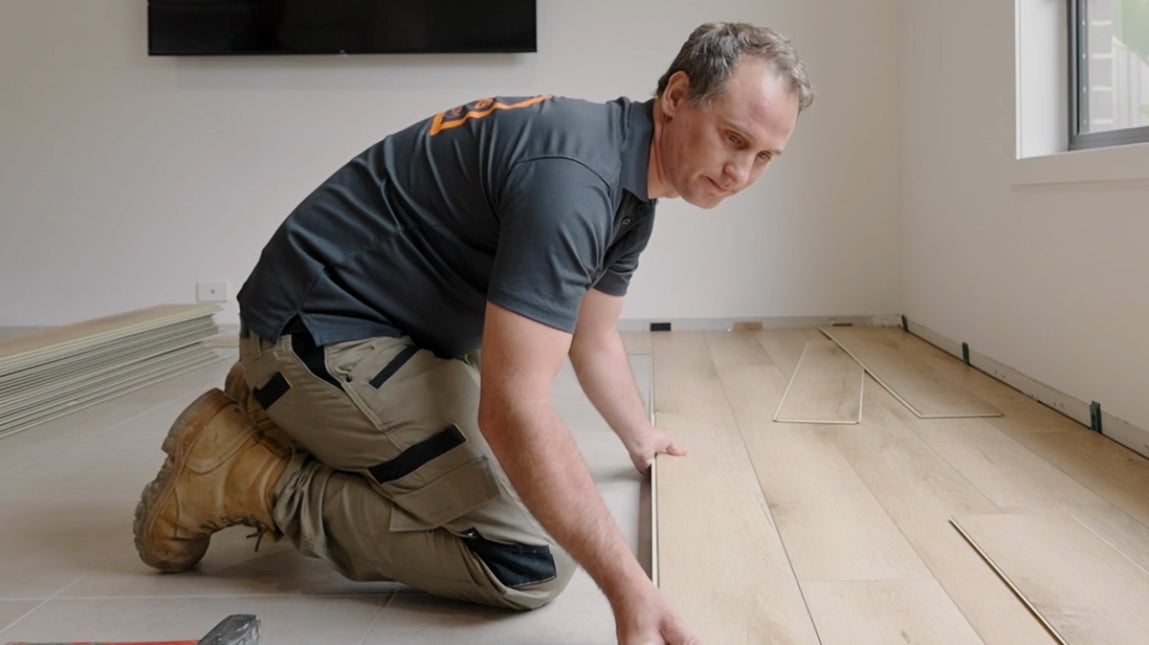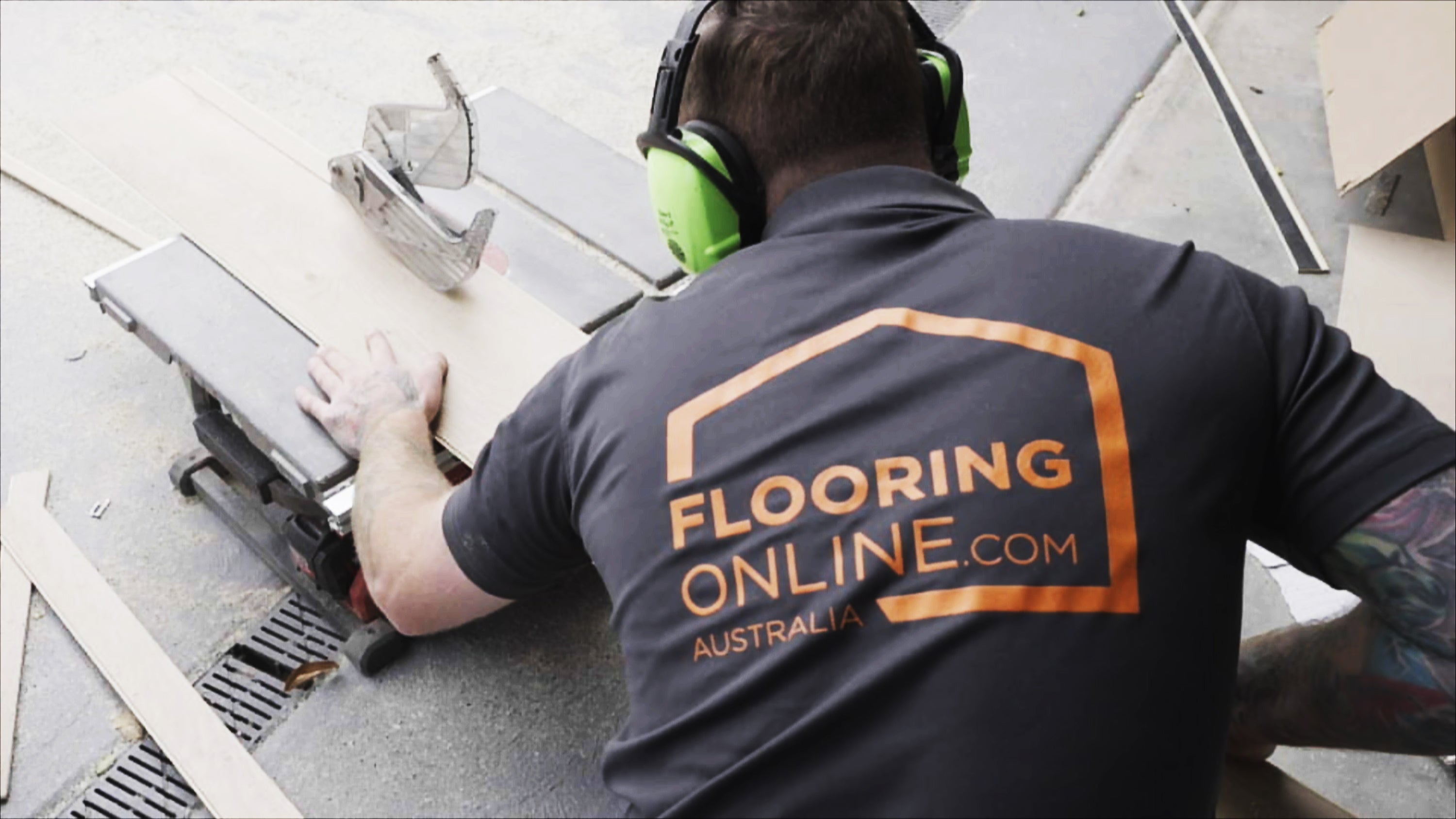Floating Floor Installation
Find out all you need to know about installing floating flooring. With our help you'll be an installation expert in no time.
Find out all you need to know about installing floating flooring. With our help you'll be an installation expert in no time.

Floated floorboards were designed with the DIY savvy Aussie homeowner in mind. The licensed locking profile allows for easy, mess-free installation over almost any existing subfloor, including ceramic tiles.
If DIY isn't for you, leave it to the professionals!
*The above provides indicative installation rates (labour only) for the major cities in VIC, NSW, QLD, WA and surrounding areas.
$22 - 36 per M2
$20 - $26 per M2
$16 - $20 per M2
Prefer to leave it to the professionals? Use our find an installer map to find certified flooring installers near you.

Shop our floating install tools and acccessories
What our happy customers say...
Postcode not found, please try again